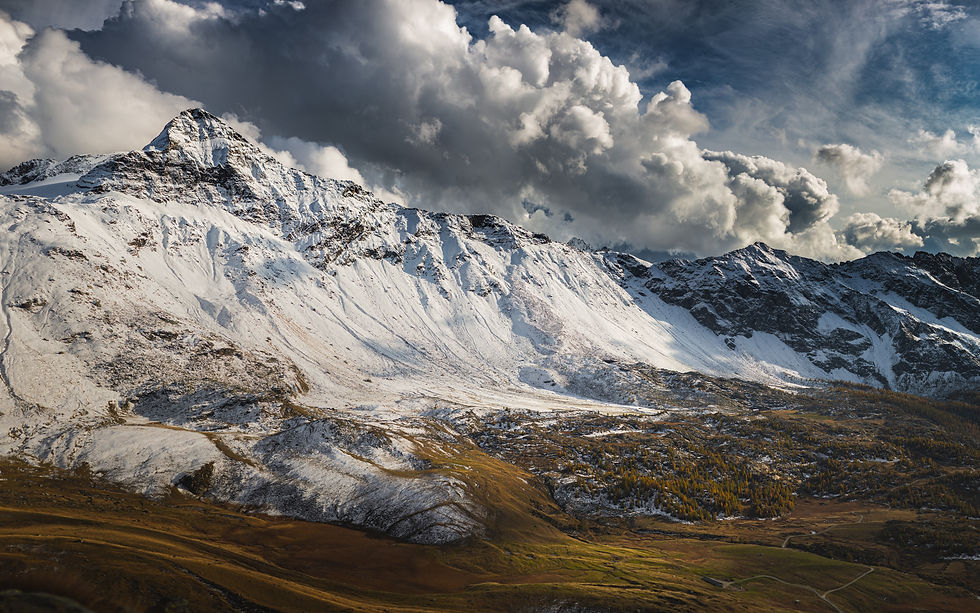How to prepare for high-risk activities
- Team R72

- Mar 22, 2021
- 2 min read
Adventurers, thrill-seekers, adrenaline junkies, daredevils, sensationalists, risk-takers, and the like will be emerging as COVID 19 is contained, and the world opens up. Will they be well prepared for the dangers posed by the various activities they will attempt? Preparation for high-risk endeavors is of paramount importance when it is a life-and-death situation.

What constitutes a high-risk activity?
High risk is defined as “more likely to result in failure, harm, injury, or death than others.”
If deciding to venture out on new adventures, assess the risk level of the activity.
Consider the severity of harm involved and the degree of effect (requiring first aid or medical attention), and likelihood of an accident, injury, or abuse involved.
Understanding the risk of the activity determines the amount of preparation you must put in before embarking on it.
The severity of harm:
Trivial (little to no effect)
Minor (requires first aid)
Moderate (sprains, strains, refer to a doctor (lost time at work)
Intolerable (Major injuring, life changing injury or trauma)
Likelihood of Accident:
Improbable (unlikely to occur)
Possible (likely to occur)
Probable (risk will occur)
Often, adventurers take unnecessary risks participating in activities without being fully aware of all the possible outcomes.
Low-risk activities:
Walking
Computer studies
Reading activities
Low impact exercises
Medium-risk activities:

Walking through forests
Visiting zoos
Urban centers
Public transportation
Amusement parks
Hiking
Overnight camping
Retreats
High-risk activities:

Auto racing
Helicopter flying
Light aircraft flight
Dirt biking/MX racing
Hang gliding
Hunting
Mountain climbing
Parasailing
Rodeo/Bull-riding
Scuba diving
Skydiving
Soaring
White water rafting
Kayaking
Once you have determined the risk level of the activity you intend to attempt, also consider the following:
Age and experience level of the guide or chaperone
Nature of the activity (accident statistics)
Participants involved (age, height, and weight)
Environmental factors (light, temperature, oxygen, water, and food availability)
Number of participants vs. leaders
Age and experience of the driver (drivers under 25 have four times more crashes)
Be aware of the environment where the activity will take place since it also contributes to the risks involved:
Areas prone to natural elements (avalanches, mudslides, volcanoes, flash floods, diseases)
Natural disaster areas: (hurricane, ice/snow storms, tornadoes, earthquakes, etc.)

After assessing the risks involved in the activity and the environment you intend to be involved in, prepare the proper gear and supplies.
Consider the R72 Grab&Go Vest + Modular Bags and live life to the fullest while also being prepared for the worst.
Be confident in your thrill-seeking adventures by implementing an emergency vest.
Study, plan, prepare, and go for it! Safe travels!



Comments